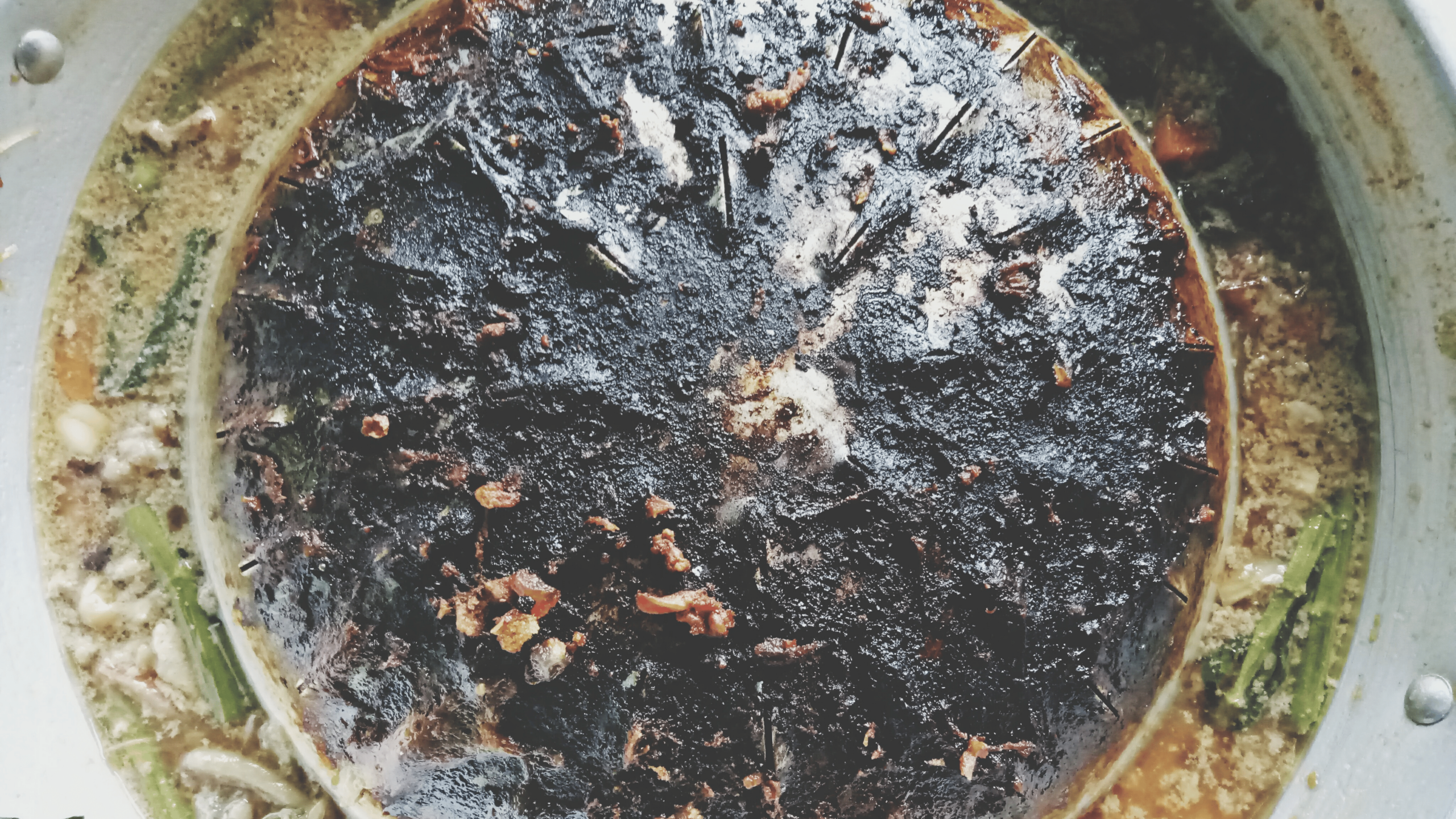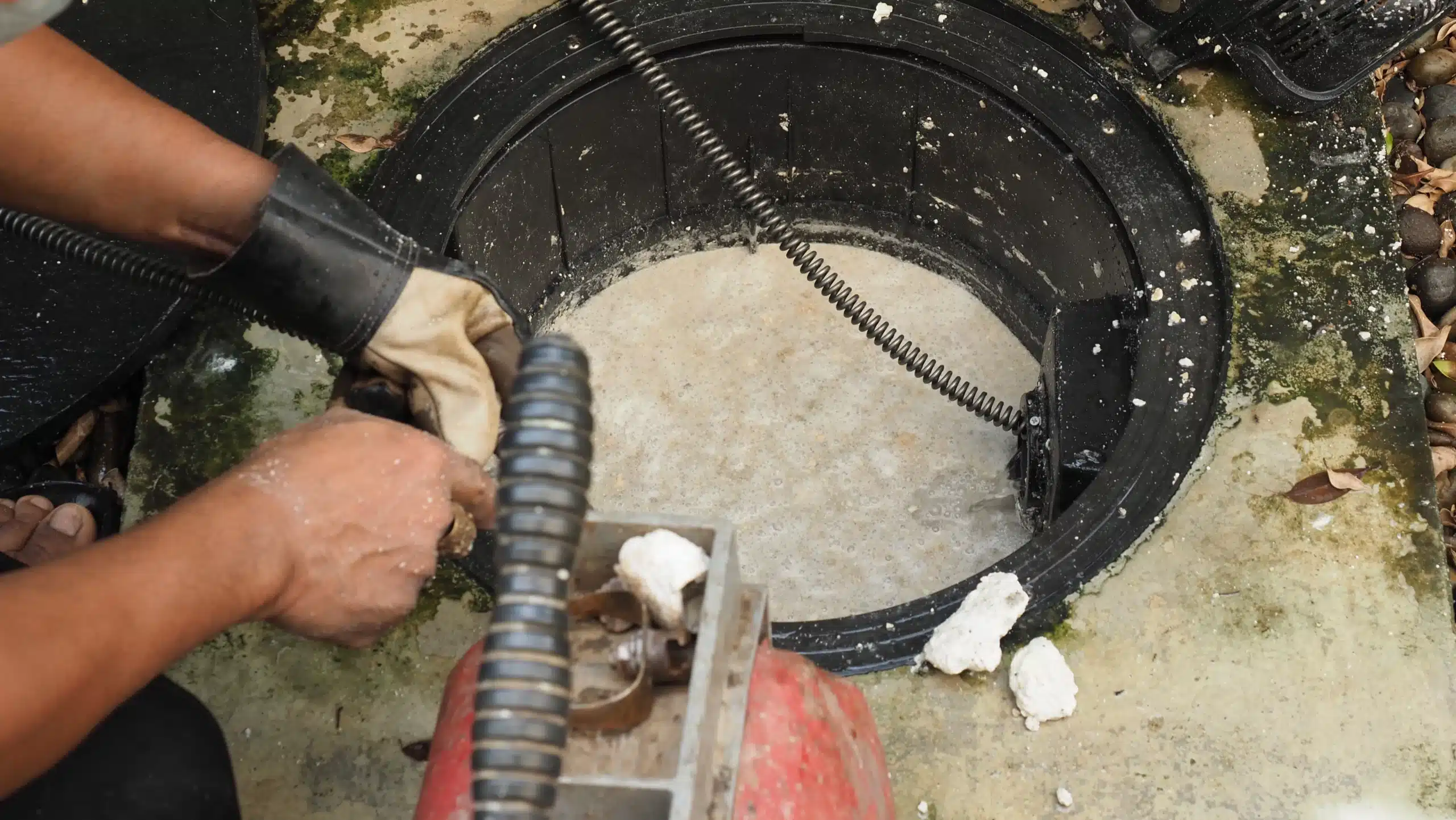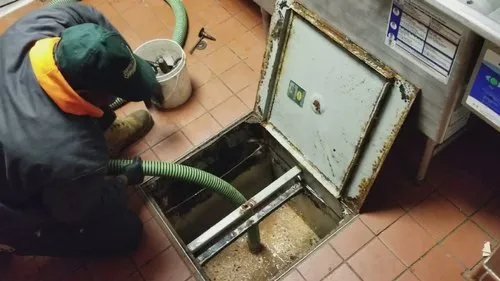If you do not do proper FOG tank maintenance, you will live to dread the day the inspector comes. But not after reading this because here, we are going to show you how to deal with grease trap inspections.
The authorities like to do routine inspections of the FOG systems in big and small food, and other businesses.
They do this to ensure that the oils, fats, grease, silt and other waste generated by the business does not get into the sewerage system.
To pass the inspection, you will need to know what the inspector will look at. Of course, the general idea is to take care of everything so that you can pass even the most random checks. But you know you can never be too careful.
9 Tips for dealing with grease trap inspections
Passing the inspection starts on the day of the FOG interceptor installation. The design, distance, purpose, and the sizing must be correct.
Your FOG trap contractor can help you to know the things that the inspector will look at. They will then go ahead and help you to stay compliant all the time.
Here is everything you need to know to get ready for the inspection:
1. The size of the grease tank
Large establishments require large grease tanks that are designed according to the regulations. If your grease tank is too small, it will fill up fast even before the cleaning date is due. The effluent can find its way into the sewerage system after the tank overfills.
Likewise, if the tank is too large, there could be the problem of the formation of hydrogen sulfide gas. This gas converts to hydrochloric acid, which will eat into the metal parts of the interceptor.
Besides, the acid will flow with the water to the sewerage system where it will continue to ravage the metal parts.
So, what is the proper size for a grease tank? This depends on many things. One of them is the size of your business and the types of foods you cook. Fast food restaurants typically generate a lot of waste oil, so they would require a big FOG tank.
The size also depends on the regulations of the state. For instance, in California, one FOG tank will serve one business only. Also, it cannot have a capacity smaller than 500 gallons. It also cannot be bigger than 2500 gallons.
2. Distance from the sinks
The essence of maintaining the proper distance from the sinks and other fixtures that the grease tank serves is to allow the grease to cool down by the time it gets into the tank.
If the sludge gets into the trap when it is still hot, it will escape with the water into the sewerage system and start to solidify once it has exited the grease tank.
At the same time, the grease interceptor should not be too far from the tank because when the oils start congealing before they get to the tank, they will affect your kitchen’s plumbing.
3. The location of the FOG tank
The FOG tank requires regular care and maintenance. Therefore, the inspector will be looking at its location. Is it easily accessible?
This applies to all types of interceptors, whether they are installed indoors or outdoors. If it is outside the kitchen, the distance must be right and it must not be overgrown by vegetation.
4. Does it have a flow-control valve?
This is one of the requirements for any type of grease tank. As its name suggests, it controls the flow of the waste from the kitchen sink.
Even when there is an avalanche of grease-laden water coming from the sink, it is not going to overwhelm the grease tank because this t-shaped metal fitting slows the flow. There are precise areas where it should be installed.
The flow valve must also have an air intake. Not only does the air mix with the sludge thus giving it more force, but it also prevents the creation of a vacuum, which could lead to a huge amount of water entering the grease trap at high speed.
5. What does the FOG system serve?
This is very important. The FOG tank should never serve the toilet and bathroom fixtures. This is called repurposing and the inspector will not like it. It should only be connected to the kitchen fixtures.
6. The quality of the construction
The inspector will also be looking at the quality of the grease tank. If it is a concrete one, make sure it does not have any cracks.
The lid of the trap must be intact as is the gasket. The baffles must not be cracked. The entire system from the kitchen all the way to the trap itself should be free of any issues.
7. The trap must be watertight
Once the water with grease and oils enters the trap, it must not be able to find its way out through the walls.
If that happens, the FOG will find their way into the sewerage system and the soil around. Also, a watertight grease tank also prevents the entry of water from outside into the tank.
8. Solid food waste should not be getting into the tank
There should be a means to filter the solid food scraps out of the water that is getting into the FOG system.
If there is ground or other food material, it starts decaying in the grease tank and this causes a sinister odor to form, which might find its way out and permeate your restaurant.
9. Whether the grease tank is properly maintained
If grease traps are not cleaned and emptied on time, the FOG can start backing up or overflowing into the street. This is highly frowned upon and it can attract serious penalties.
Also, you really do not want to open an overflowing FOG system to the inspector. It is vital to hire a contractor for regular cleaning and maintenance of the grease trap system.
Conclusion
If you check the nine things that we have listed here, you will pass every inspection that comes along.
Following all the regulations for the construction and maintenance of the grease tank ensures compliance, saves you from plumbing emergencies, and prevents downtime in your business.
The contractor who installs the system for you will let you know about inspections. They will ensure the system meets all the requirements. That way, you will always be ready to pass any inspection.
Also Read: Why Grease Trap Cleaning Is Important


